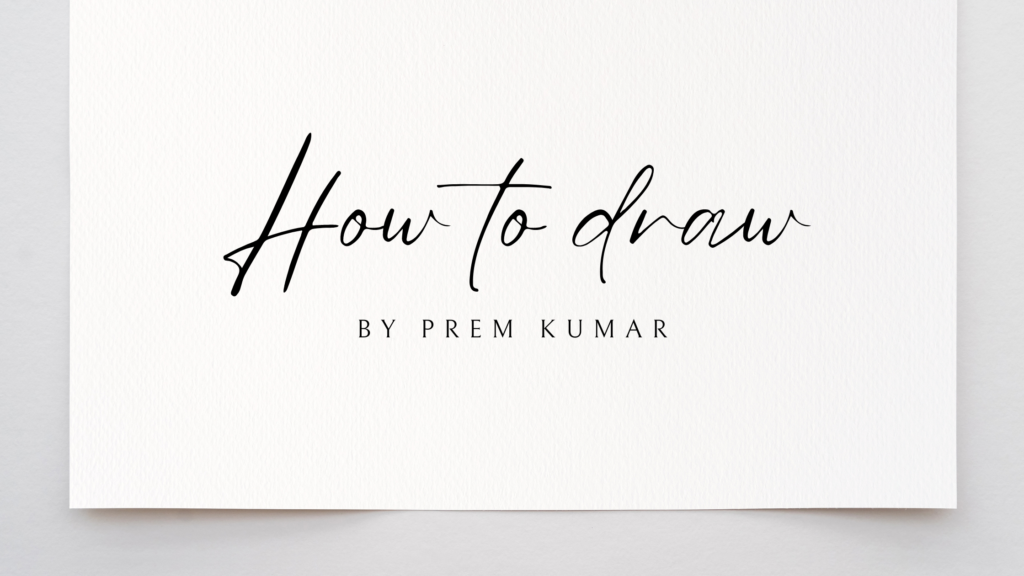In the visual arts, material selection is essential to the creation of a masterpiece. For artists who specialize in Ink Wash techniques, choosing the right paper is analogous to choosing the appropriate canvas for a painter. Throughout my decade-long career as an artist, I’ve delved into the nuances of Ink Wash, experimenting with various papers to find the ideal surface to suit this unique medium. In this lesson, we’ll go over the complexity of selecting the right paper for Ink Wash techniques, sharing the secrets that will propel your masterpieces to new heights.
Understanding Ink Wash Techniques:
Before entering into the world of paper options, it’s important to understand the fundamentals of ink wash techniques. This ancient art form, originating in Chinese and Japanese traditions, uses diluted ink to produce subtle gradients and ethereal tones. Mastering this method necessitates a strong bond between the artist, the brush, and the desired surface. While ink wash can be applied to a variety of papers, each paper type imbues the artwork with unique characteristics, adding depth and dimension to the finished piece.
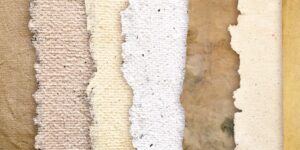
Factors Influencing Paper Choice:
1. Absorbency and Texture: The paper’s absorbency affects ink wash behavior. Porous sheets with a high absorbency rate allow ink to penetrate quickly, producing colorful and powerful strokes. Less absorbent media, on the other hand, result in a more controlled, layered effect as the ink sits on the surface, allowing for fine gradations. Texture is another important consideration; a rough surface can provide an organic, tactile quality to the artwork, whereas smoother materials produce a cleaner finish.
2. Weight and Thickness:
The paper’s weight and thickness affect its longevity and resistance to warping. Heavier materials are less likely to buckle under the wetness of the ink, providing a sturdy base for detailed washes. Experimenting with different weights allows artists to find the right combination of durability and flexibility, catering to their preferred style and approaches.
3. Paper Color and Tone:
The paper color enhances the artwork’s overall appeal. While traditionalists typically prefer white or cream-hued papers, experimenting with softly tinted or colored papers can add a new dimension to the ink wash. Consider the emotional impact that various tones can have on the spectator and select accordingly to enhance the story of your piece.
4. Longevity and Archival Quality:
Artists who want their work to last should choose archival-quality paper. Acid-free and pH-neutral papers are resistant to yellowing and disintegration over time, ensuring that your work will last. Investing in high-quality archival papers demonstrates your commitment to maintaining the integrity of your work for future generations.
Popular Paper Options for Ink Wash:
1. Rice Paper (Xuan Paper):
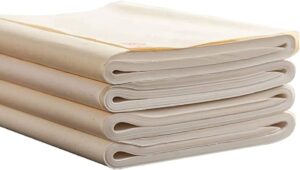
Traditionalists rely on Xuan paper, a type of rice paper known for its absorbency and delicate texture. The threads in Xuan paper enable for precise ink flow, making it ideal for both powerful strokes and intricate details. Its lightweight and semi-translucent properties produce an ethereal look, ideal for capturing the subtle beauty of an ink wash.
2. Watercolor Paper:
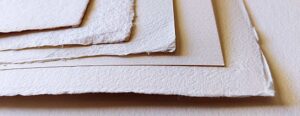
Watercolor papers come in different textures and weights, making it a versatile alternative for ink wash artists. Cold-pressed watercolor paper with tooth provides a unique texture, but hot-pressed paper has a smoother surface. These papers are engineered to withstand water-based media, making them ideal for ink wash techniques.
3. Bamboo Paper:
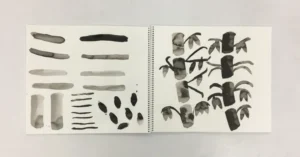
Bamboo paper is known for its eco-friendliness and distinct texture. The natural fibers increase the absorbency of the paper, making it an ideal substrate for controlled ink application. Bamboo paper’s intrinsic resilience makes it warp-resistant.
4. Yupo Paper:
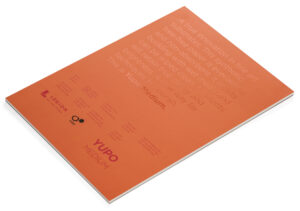
This synthetic paper comprised of polypropylene provides a non-porous and waterproof surface. While unorthodox, Yupo paper produces unique effects when the ink settles on the surface, resulting in dynamic textures. Artists can experiment with lifting and manipulating the ink on Yupo paper to lend a sense of unpredictability to their work.
Conclusion:
As an artist traversing the enormous field of ink wash techniques, selecting paper is a deeply personal and important decision. During my decade of artistic exploration, I’ve learned to enjoy the symbiotic interaction between ink and paper, where each stroke tells a tale about the surface it touches. Whether you choose the traditional Xuan paper, the versatile watercolor paper, the environmentally friendly bamboo paper, or the experimental Yupo paper, the goal is to enjoy the path of discovery. Experimentation is the artist’s ally, and the correct paper, like a trusted companion, will help you realize the full potential of your ink wash masterpieces.
Some recommended paper for ink wash painting:
1. Rice Paper Get here
2. Artists’ Watercolor Paper Get Here
3. Bamboo Cold Press Art Paper Get Here
4. Frisk Yupo Paper Get Here
Read Also:- Mastering Your Watercolour Art: Choosing the Perfect Watercolour Paper
Learn More About Art here:- Silpavat.in


